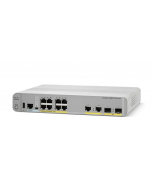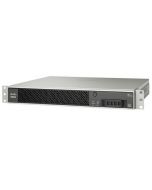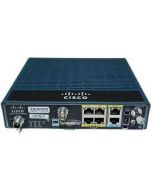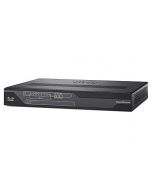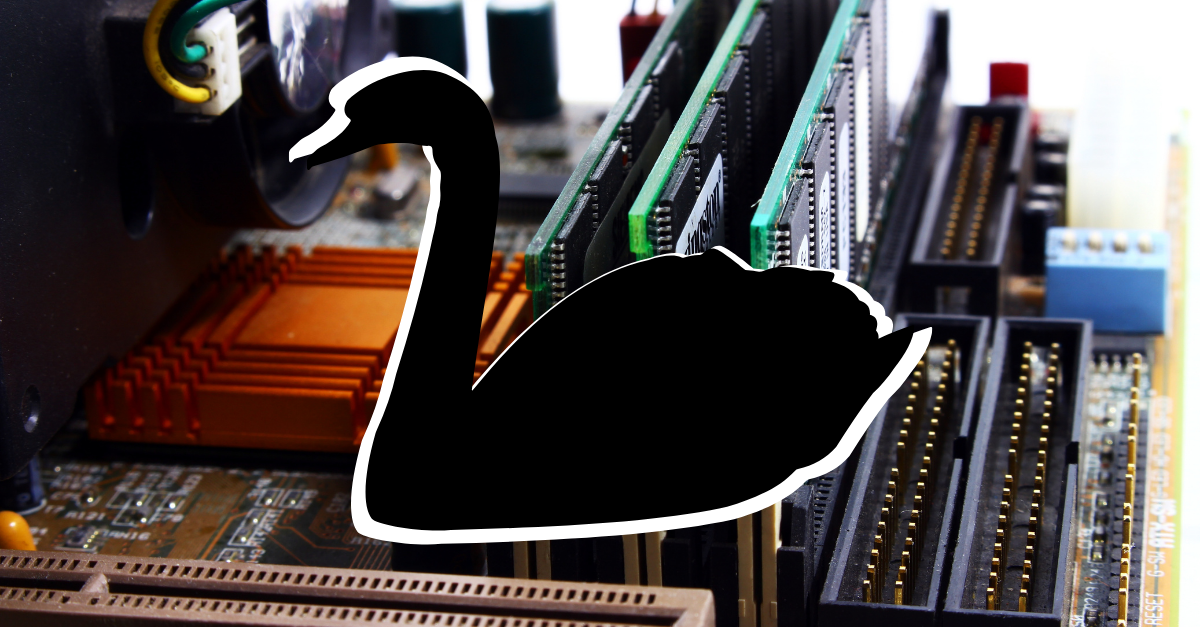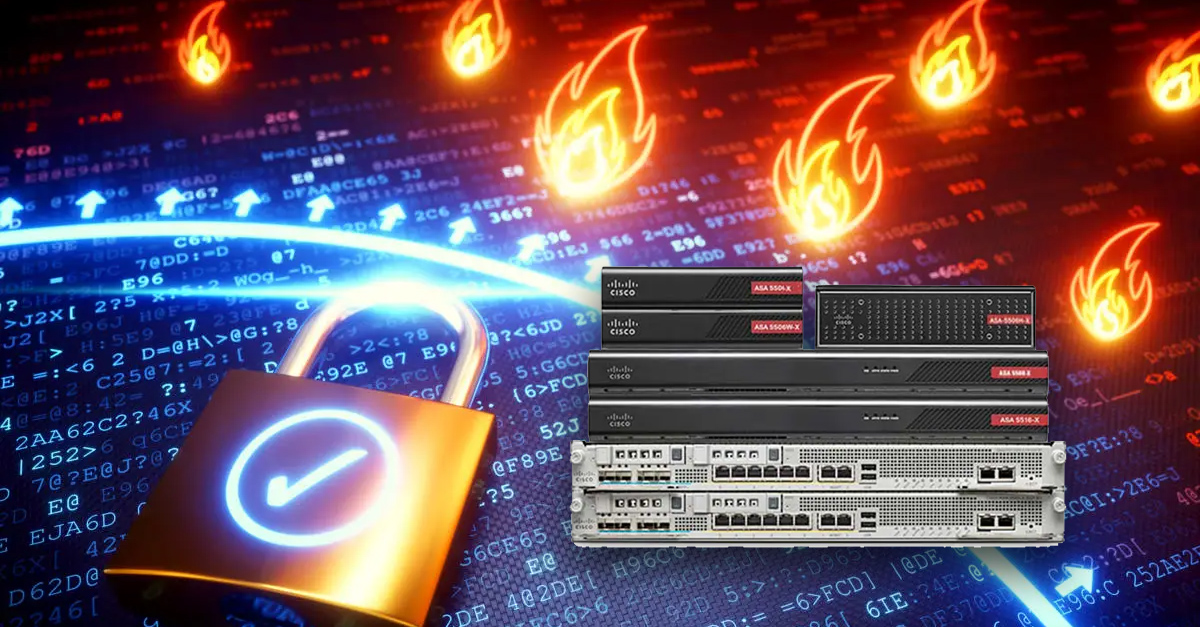We use cookies to make your experience better. To comply with the new e-Privacy directive, we need to ask for your consent to set the cookies. Learn more.
Everything You Need to Know About the Chip Shortage
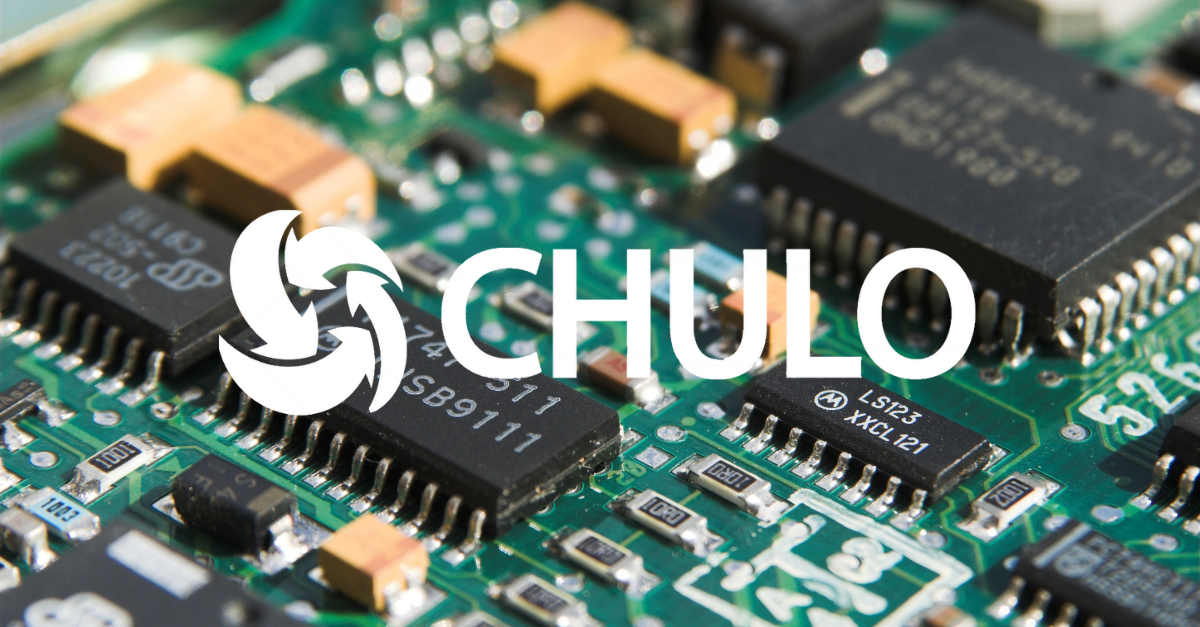
From PlayStations to washing machines semiconductor chips are an essential part of modern technology, and the current shortage has brought chaos to the industry. Be it vendors, hardware consumers, or investors – everyone has been affected in some way by the disruptions to the supply chain.
The multifaceted issue began in 2020, and research directors from advisory firm Forrester believe that this shortage could last until 2023. Other organisations have a slightly sunnier opinion, with JPMorgan and Nvidia believing the disruptions should only cause issues until mid-2022.
The impact
The major change seen as a result of the shortage has manifested in severely decreased production levels, creating significantly longer lead times for any product containing any form of semiconductor chip.
Senior Director of Research as CCS Insight, Wayne Lam, stated that “The shortage is not so much the high ticket chips, the processors, or even memories, it's more benign like power management or some sort of analogue chipset that isn't necessarily on the bleeding edge of semiconductor technology”.
The automotive industry alone is predicted to lose approximately $110 billion as a direct result of the shortage, Apple has warned of lower supply levels as of July 2021, and the IT hardware industry has seen a huge increase in the lead times for products.
In addition to the increased lead times due to the short supply, many manufacturers have opted to increase pricing to combat profit losses - which is more bad news for end-users.
But how did the chip shortage come to be?
The current chip shortage has been created by a series of unfortunate occurrences within the manufacturing industry, referred to as 'black swan events'. These unpredictable, and usually ‘once in a lifetime’ situations all combined to create the level of disruption we are experiencing today.
Coronavirus
COVID-19 is of course a key element that has contributed to disruptions to the semiconductor manufacturing industry and beyond. Lockdowns meant that production facilities were shut down despite no change in demand, and the increase in work from home created a higher demand for computers and monitors which created a misalignment between supply and demand.
China-United States trade war
Although COVID-19 had an undeniable and unforeseen impact on the industry, the blame cannot solely be placed there. September 2020 brought economic conflict between the United States and China after the US Department of Commerce put new restrictions on China’s largest semiconductor manufacturer, Semiconductor Manufacturing International Corporation (SMIC). These restrictions made it harder for the manufacturer to sell to companies with American ties and forced the customers to use other manufacturers like Samsung or Taiwan Semiconductor Manufacturing Company (TSMC), who were already operating at maximum production and could not supply the increased order volume.
Taiwan drought
Now the TSMC is working hard to keep up with the elevated order volume after the new trade restrictions, but another unforeseen event was waiting in the wings. The Taiwan drought of May 2021 was the worst one of its kind in over half a century and caused problems with the manufacturing process which relies on large amounts of ultra-pure water to clean the factories. For context, TSMC facilities alone used around 63,000 tons of water a day – more than 10% of the supply of two local reservoirs.
Renesas Electronics Corporation fire
A Japanese based factory that supplies a staggering 30% of the global microcontroller market, a specific kind of semiconductor used in cars, caught fire in March 2021. The company said it would take them at least 100 days to recover from the blaze – prolonging the already lengthy lead times already present throughout the semiconductor market.
In addition to these events, the cost for copper and other raw materials associated with chip production saw a price increase in 2021, creating less profit margin for semiconductor manufacturers and forcing them to implement end product price increases.
What can we do about the chip shortage?
The current events have made many reconsider the supply chain as a whole as 2023 is a long time to wait for things to return to normal. World leaders have tried to implement plans to mitigate the impact across the board, with the EU presenting the ‘European Chip Act’ which will push supply chain resilience, and President Joe Biden of the United States signed a similar order to promote supply chain strength.
‘Strengthening the supply chain’ is a pretty vague statement when you think about it. How can we prevent unpredictable and unpreventable events from affecting our entire economy?
Well, the answer becomes a tad more apparent when you consider how many materials are wasted each year. At least $10bn (£7.9bn) in gold, platinum, and other precious metals are discarded each year from electronics, and although chemistry may affect the ability to recycle some materials, investing in proper remanufacturing methods may be the answer to some of the issues we have faced this year.
Being able to recycle chip components from the 54 million tonnes of electronic waste generated each year and reuse them in further chip-based machinery presents a plethora of opportunities for economic growth, and removes some of the pressure on the struggling supply chain. If we could properly address the amount of e-waste and create a circular economy that would be able to not only sustain the demand, but would also create new jobs for local communities, and save the planet in the process. Frankly, it’s wins all round.
Reduce, Reuse, Remanufacture
A key player in the implementation of circular economy values in the technology industry is leading network hardware provider, Cisco. Initially created in 2001, the Cisco Certified Refurbished Equipment (CCRE) program took the first steps in sustainability by addressing the increasing secondary market that was present at the time. The CCRE program has since evolved with an even stronger focus on sustainability and eco-consciousness and became what we know today: Cisco Refresh.
By remanufacturing old hardware Cisco Refresh offers a direct solution to the problems presented by supply chain complications such as the semiconductor shortage, with budget-friendly prices that are largely unaffected by industry increases. Cisco Refresh also offers a solution to the current extended lead times seen across the sector, meaning that those who are in desperate need of hardware can get it without the staggering 190+ day lead times we are seeing at present. And with things like cybercrime maintaining its upwards trajectory, obtaining the appropriate hardware to protect the networks that keep personal and business data safe is of key importance.
Cisco have led by example with the Cisco Refresh program, and we can’t wait to see what other sustainability and supply chain resilience strides are made by themselves, and by those they inspire.
